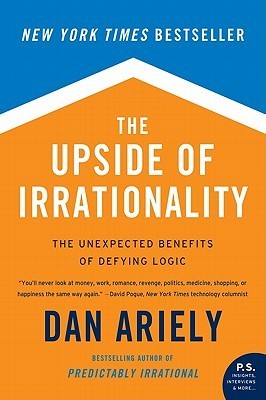
SuperFreakonomics: Global Cooling, Patriotic Prostitutes And Why Suicide Bombers Should Buy Life Insurance
Book Description
Prepare to have your mind blown as 'SuperFreakonomics' takes you on a wild ride through the bizarre intersections of economics and everyday life. From the dark humor of patriotic prostitutes to the chilling implications of global cooling, every page reveals shocking insights and unexpected truths. Uncover the underestimated power of incentives and the hidden patterns that shape our world in ways you never imagined possible. This isn’t just a book; it’s a thrilling exploration of human behavior that challenges conventional wisdom at every turn. What if the solutions to our most pressing problems are staring us in the face, waiting to be uncovered?
Quick Book Summary
SuperFreakonomics, the sequel to the bestselling Freakonomics, dives deeper into the unconventional and often counterintuitive ways that economics shapes the world. Through a series of riveting case studies and anecdotes, Steven D. Levitt and Stephen J. Dubner explore how incentives, human behavior, and hidden patterns explain everything from prostitution during patriotic events to the economics of terrorism and the surprising complexities of global cooling. The authors harness data-driven analysis, humor, and a distinct focus on real-world problems to reveal that solutions often lie in unexpected places. By challenging common assumptions and presenting fascinating research, SuperFreakonomics prompts readers to think differently about everyday phenomena and the underlying motives that drive society.
Summary of Key Ideas
Table of Contents
Unintended Consequences and Incentives
SuperFreakonomics begins by reinforcing the book’s central theme: incentives matter. Through unconventional stories, such as the behavior of prostitution markets during times of national events, Levitt and Dubner show how small changes in circumstances can produce dramatic shifts in human behavior. The authors showcase how both positive and negative incentives—money, social pressure, or regulation—can lead to outcomes that defy intuition, and often, well-meaning interventions by authorities produce the opposite of their intended effects.
Behavioral Economics in the Real World
The book delves into the practical applications of behavioral economics, presenting real-world situations that demonstrate how people respond to incentives and risk. Levitt and Dubner analyze seemingly irrational behaviors, such as a hospital’s approach to hand hygiene or the surprising logic behind altruistic acts. These examples reveal the often-hidden logic underlying choices, such as why people cheat, how reputational concerns guide actions, and why statistical thinking is essential for sound decision-making.
Radical Approaches to Global Problems
One of the most provocative sections tackles global issues, including the debate over climate change. The authors investigate geoengineering and other radical solutions to global cooling, questioning mainstream environmentalist approaches and advocating for cost-effective, sometimes controversial methods. They argue that unconventional solutions, such as pumping sulfur dioxide into the atmosphere, should be considered and analyzed without bias, highlighting the importance of empirical evidence over ideology.
Risk, Decision-Making, and Human Nature
The book also explores risk assessment and the psychology of decision-making, addressing topics such as terrorism. Levitt and Dubner examine why suicide bombers might benefit from buying life insurance—an absurd-seeming but data-driven suggestion—and explore how organizations can use statistical anomalies to detect potential threats. These stories underline the human tendency to misjudge risk, succumb to fear, and overlook subtle warning signs in both individual and societal contexts.
SuperFreakonomics ultimately encourages readers to break free from conventional wisdom and approach problems with curiosity, skepticism, and a willingness to embrace unconventional ideas. By examining a wide range of topics through the lens of incentives and data analysis, the book makes a compelling case for embracing creativity and rigorous inquiry when addressing social, environmental, and economic challenges.
Download This Summary
Get a free PDF of this summary instantly — no email required.





